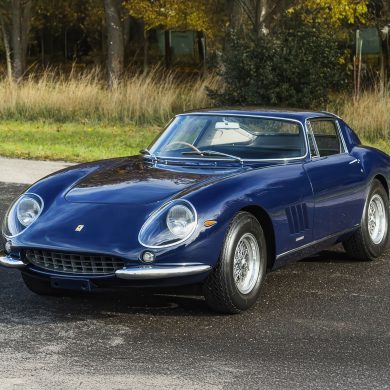The statistics alone grab your attention. Those who travel the furthest—from Oslo—have 3,500 kilometers to drive; the rest, from Barcelona, Reims, Turin and Monte Carlo, have a mere 2,100. Five days, plus a sixth night, are allowed to cover the total distance during which 31 Cols, many of which are over a thousand meters in height and on single-track minor roads, are ascended and descended. So far, so good, but there is also a tight time schedule thrown in, plus 17 regularity sections of up-to-50 kilometers each, where a strict time/speed must be maintained, often in seriously difficult road conditions of snow and sheet ice.
The organizers, the Automobile Club of Monaco, have the best part of 100 years experience of running the rally and all the routes are well known. This just makes everything even more difficult as familiarity can so easily breed contempt. Every year the roads used change but, over the years, there have been so many permutations that much is familiar. Today, the rally stops overnight in towns like Valence, Gap and Briancon, whereas in the past it was often a 48-hour nonstop blind.

Today, having to average something like 50 km/h doesn’t sound like any big deal, but the Col de Menee was a classic example of where it would have been better to have driven the ascent from the south flat out because, once over the top, not only did the sun disappear but the road ran through the trees. None of the earlier heavy snow had gone and sheet ice was added for good effect; without studs, the descent was at least diabolical and, at worst, totally impossible. The same problem occurred on the Col de la Madonie but at night, with some very bent cars as a result.
This year the rally was won by Alain Lopez/Joseph Lambert in a Porsche 911 2.7, but an Autobianchi A112 Abarth came 2nd in the hands of Stephanie Aime/Pascal Aime. Former Formula One Grand Prix driver Erik Comas was in an Alpine A110 as was Patrick Landon, who is director of Renault’s Sport and Rally departments. Jean Pierre Nicolas, who won in 1978 in a Porsche 911, was in a 1966 Renault 8 Gordini 1300. A considerable variety of marques were entered with Porsches topping the list with 44 cars running. There were also 29 Lancias, 23 Alfa Romeos, 17 Fords, 18 BMWs, 18 Renaults, 14 Volvos and 10 Fiats among the over-300 runners.

For the first time in many years, a lap of part of the Monaco Grand Prix circuit was run in the dark on the Tuesday evening preceding the final night stages through the Alpes Maritime. This was the scene of much amusement to all Monegasques, as old saloons tire-screamed, body-rolled and heeled-over through Rascasse. Amazingly, no extra barriers were erected, so an off would certainly have been permanent.
At last, the final car arrived back from the last night over the Col de Turini at about 3:00 on the Wednesday morning; all the harbor bars were open and everyone puts off bed for a further hour or two before the traditional Gala Dinner for all crews on the Thursday night, so the five start points finally got together in the end.
By Peter Collins










